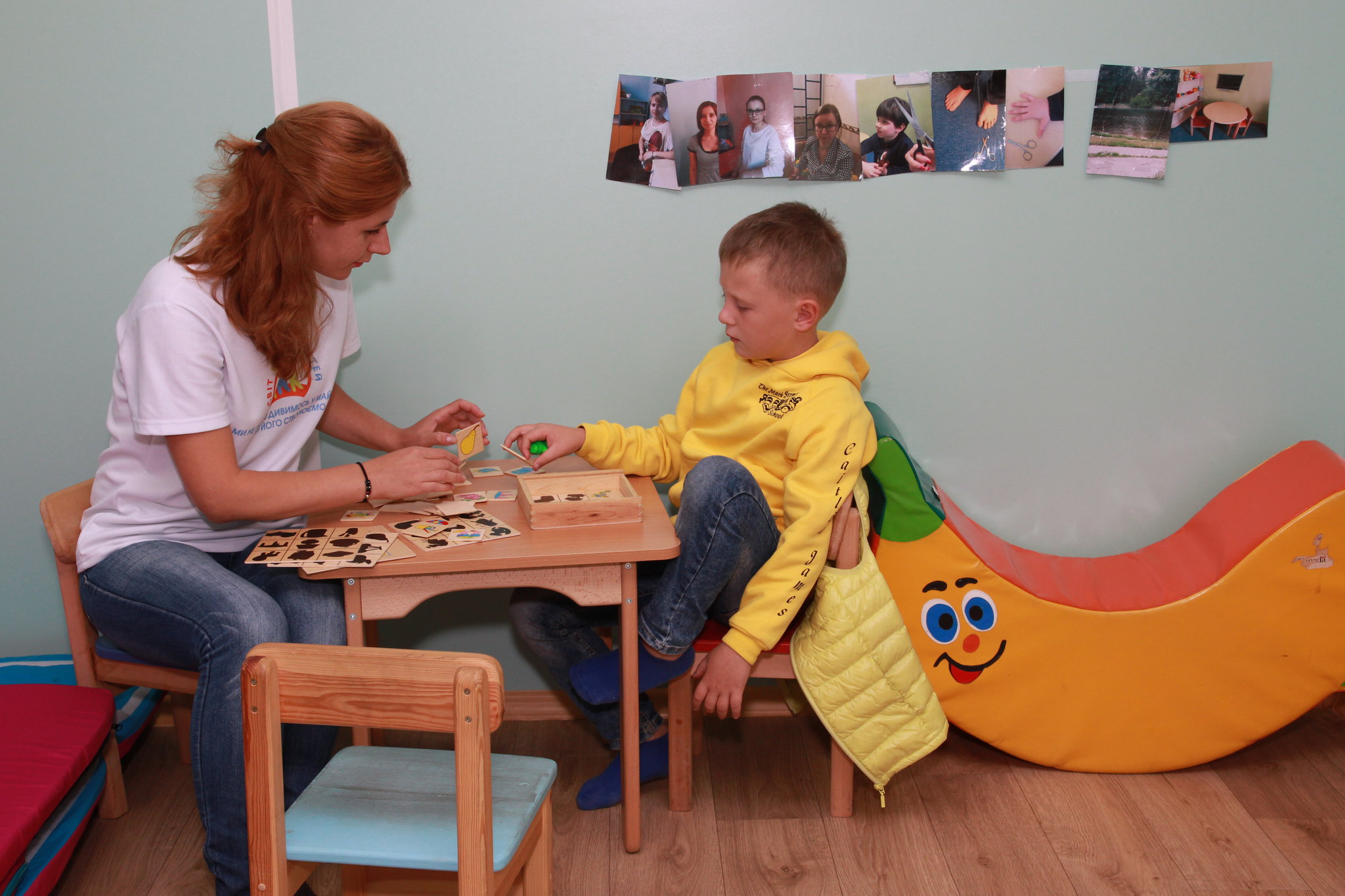In a recent commentary in Adolescent Psychiatry, psychiatrist Edmund Levin addresses conflicting positions assumed by various key opinion leaders and major organizations regarding adolescent depression screening. Levin reveals that although organizations including the American Academy of Child and Adolescent Psychiatry (AACAP) and the American Academy of Pediatrics (AAP) have promoted the idea of scaling up youth depression screening, research increasingly indicates that this approach falls short in reality.
Levin argues that screening fails to improve outcomes for teens who screen positive. Drawing from personal, clinical experience with a patient whose “severe depression” classification he links to various contextual determinants, Levin illustrates the importance of more sophisticated evaluation methods than screening alone.
“Over-diagnosis needs to be considered as a contributor to the trend of increasing percentages of youth being diagnosed and medicated for a variety of mental health conditions, including depression,” Levin writes. “The possibility of over-diagnosis is magnified if screening is developed and promoted as a marketing tool by pharmaceutical companies, which in fact may be the case of calls for the use of depression screening devices.”

The prominent psychiatrist Allen Frances has similarly argued against universal screening for depression, calling the idea “terrific in theory but terrible in practice.” Despite the concerns of over-diagnosis and the lack of evidence that screening leads to improved outcomes, depression screening for children and adolescents has gained traction in the field.
Levin suggests that pharmaceutical companies may stand to benefit from increased depression screening. He points out that a popular screening tool, the PHQ-9 (and subsequently, the PHQ-A for screening adolescents), was developed by Pfizer. The PHQ-9 is a popular screener for depression comprised of nine questions that produce a score to indicate the presence and clinical significance of depressive symptoms. The PHQ-A, modified for application to adolescents, has only eight questions.
Among concerns surrounding the widespread application of screening methods for depression include the link between screeners and medication prescription in the absence of sufficient evidence for antidepressants in youth. Levin argues:
“The possibility of over-diagnosis is magnified if screening is developed and promoted as a marketing tool by pharmaceutical companies, which in fact may be the case of calls for the use of depression screening devices.”
In his commentary, Levin acknowledges the significant consequences of depression in adolescence, which can include distress, possible social and educational impairment, and risk of suicide. Some evidence suggests that overall mental distress, depression, and mood disorders may be increasing in prevalence among adolescents. However, Levin also draws attention to some of the factors contributing to potential over-diagnosis.
In the absence of thoughtful, clinical evaluation for depression with an appreciation for potential psychosocial contributions to experiences of depression, screeners reduce the complexities of distress to brief checklists and scores. Screeners, capturing adolescent experiences at a single time point, may promote false positive determinations.
Another limitation of screening adolescents for depression is the lack of evidence that doing so leads youth to supportive services or treatment. Levin describes several studies that found that the implementation of screening procedures had no impact on primary care physicians’ behaviors. He suggests that the existing research demonstrates limited to no supportive outcomes and the potential for stigmatizing and iatrogenic effects of screening.
Levin describes the current climate of overtaxed mental health and educational services, outlining the risks of channeling already limited resources into classification procedures in the absence of adequate supportive interventions. An argument in favor of universal screening for depression in schools is that students struggling with emotional challenges that they internalize may be identified for possible intervention. It has also been suggested that trends observable through screening patterns can reveal areas ripe for schoolwide intervention. However, there is a shortage of research on student outcomes to back these claims.
Despite the lack of evidence for depression screening in primary care facilities and schools, many key opinion leaders and agencies continue to advertise screening for depression as an efficient practice for evaluating distress and risk. Conflicts of interest and industry ties among psychologists, psychiatrists, and diagnosticians in positions of leadership continue to drive a system that facilitates pharmacological intervention more readily than situationally appropriate psychosocial supports.
Levin suggests that the drive for efficiency has diluted the appreciation for the complexity of assessment for depression in youth. His article brings to attention the minimal available evidence that exists to indicate that screening will benefit adolescents who are struggling. He concludes:
“Tools for depression screening cannot make diagnoses. That is a task for skilled diagnosticians. Whether we are psychiatrists or primary care physicians, when we use a self-administered set of leading questions and a set of algorithms to diagnose and to determine when to initiate medication, we are encouraging the deprofessionalization of medicine and disconnecting ourselves from a fuller relationship with our patients.”
****
Levin, E. C. (2020). Adolescent Depression Screening: Not So Fast. Adolescent Psychiatry, 10(1), 59-69. DOI:10.2174/2210676609666190617145102 (Link)















This is so good love to read this.
Report comment
This is a disaster waiting to happen. These tests were created to sell antidepressants, not to find out what an adolescent’s mental state actually is, leaving plenty of opportunities to misdiagnose, which wouldn’t be too bad if this misdiagnosis didn’t lead to incompetent treatment that would lead to some kind of disaster involving “mismedication” with adolescents suffering from dysperceptions.
Report comment
“over-diagnosis” is nothing more than the attempt by psychiatry to verify that they are operating within a medical context.
One side says “under-diagnosing”, and “critical” psychiatry uses terms such as “over-diagnosing”.
There is no such practice as “diagnosing” in psychiatry. “diagnosis” is the pretense of being medical. Labels are absolutely not “diagnosis”.. You cannot invent words for humans and say that those words are diseases and then further, ACTUALLY apply those words, to people.
Report comment
There is no such thing as “overdiagnosis” when you can’t objectively establish what the “proper” level of diagnosis really is. Lacking any way to objectively determine the presence or absence of ANY of the DSM diagnoses, the idea of “over-” or “underdiagnosis” is a scientific absurdity.
Report comment
Well, Steve, you and I both know that DSM “diagnoses” are pretty useless in the first place, as they tell you little or nothing about what’s actually going on with an individual, plus nothing about what proper treatments should be, should you actually chance to know what the problem is.
Report comment
They actually obscure any effort to discover the actual cause of any phenomenon.
Report comment
When the “treatment” for diagnosis is getting addicted to disabling drugs that worsen mental health and are as deadly as an alcohol addiction every single diagnosis is an overdisagnosis.
Report comment
It’s not medical so there cannot be a “diagnosis”. Name calling is what it is called. Using useless words.
How is it a “diagnosis” when someone comes in, saying “I’m depressed”, and the “doctor” says “the patient has depression”.
It is WHY they invented the other names so it would sound really mysterious. And they can do brain scans too. Whoopee! Colors and such.
Report comment
Removed for moderation.
Report comment